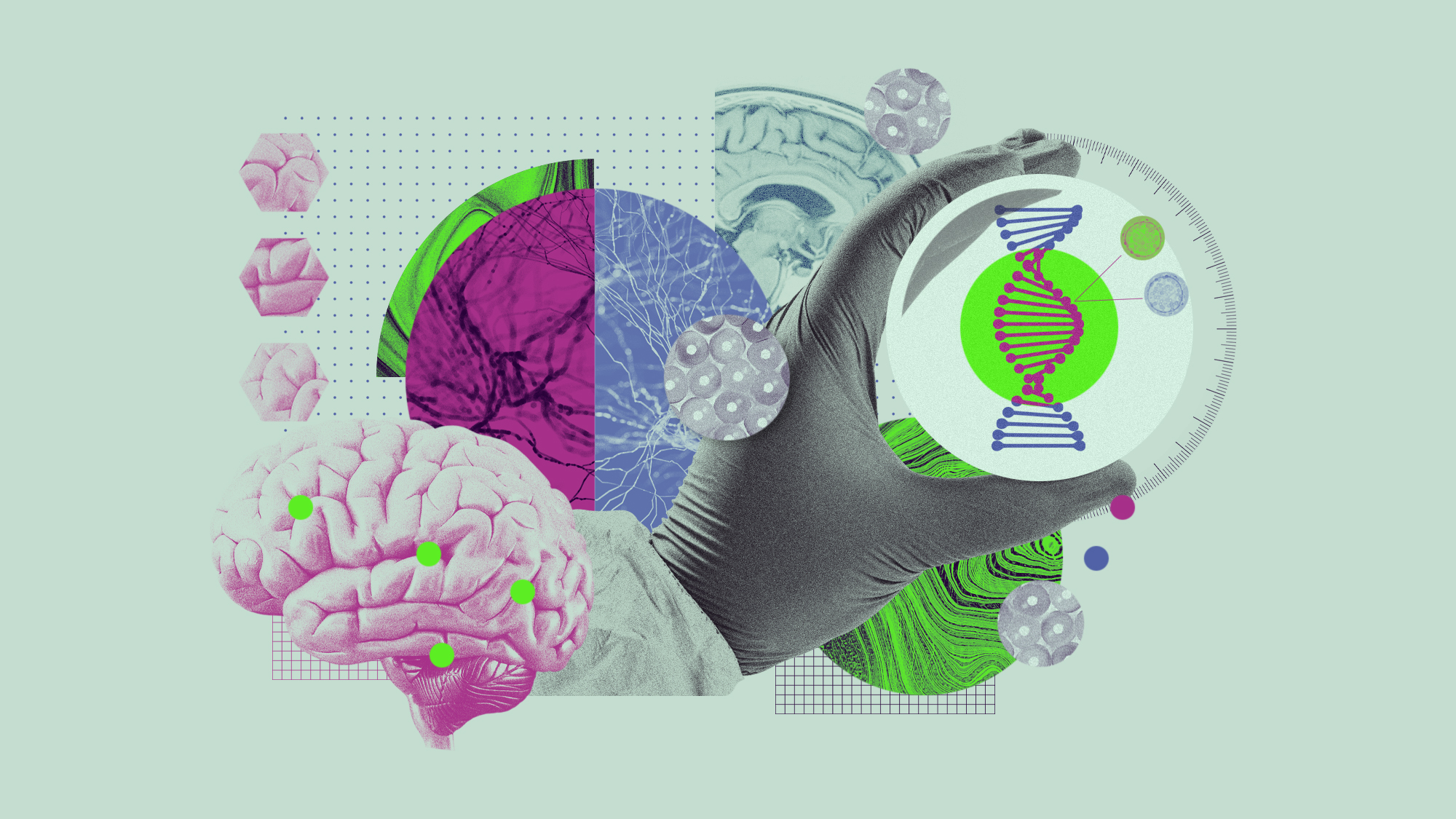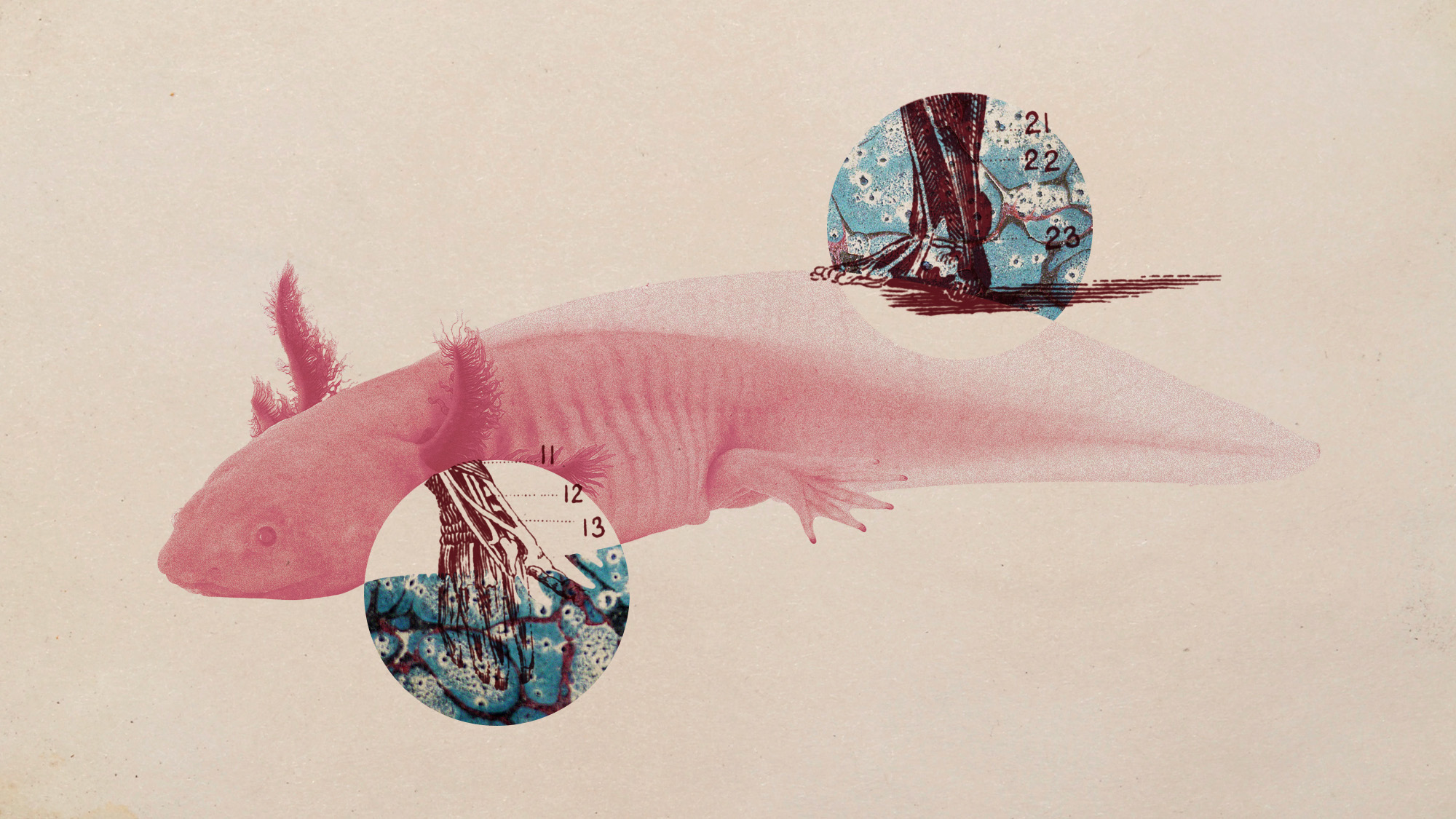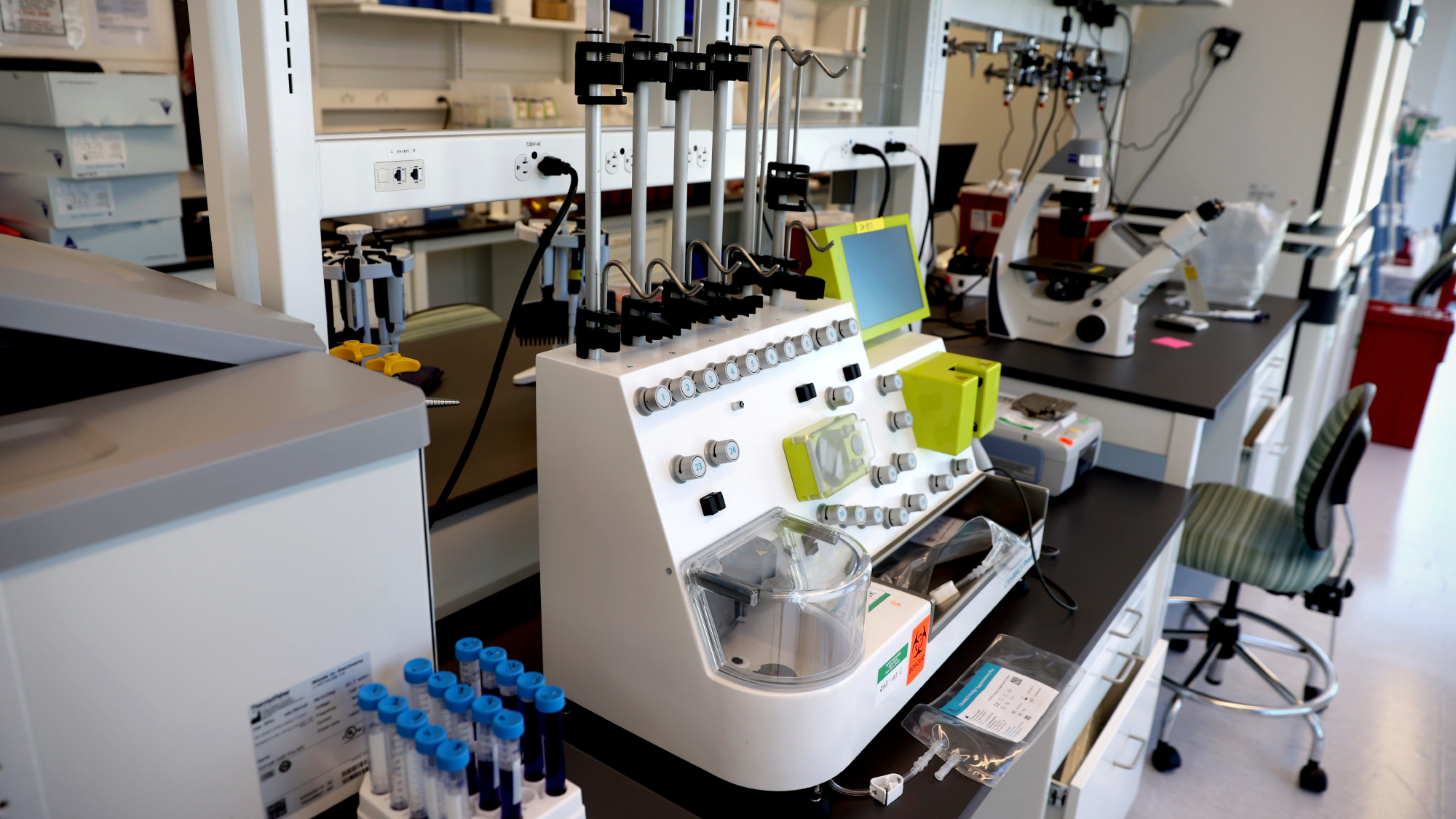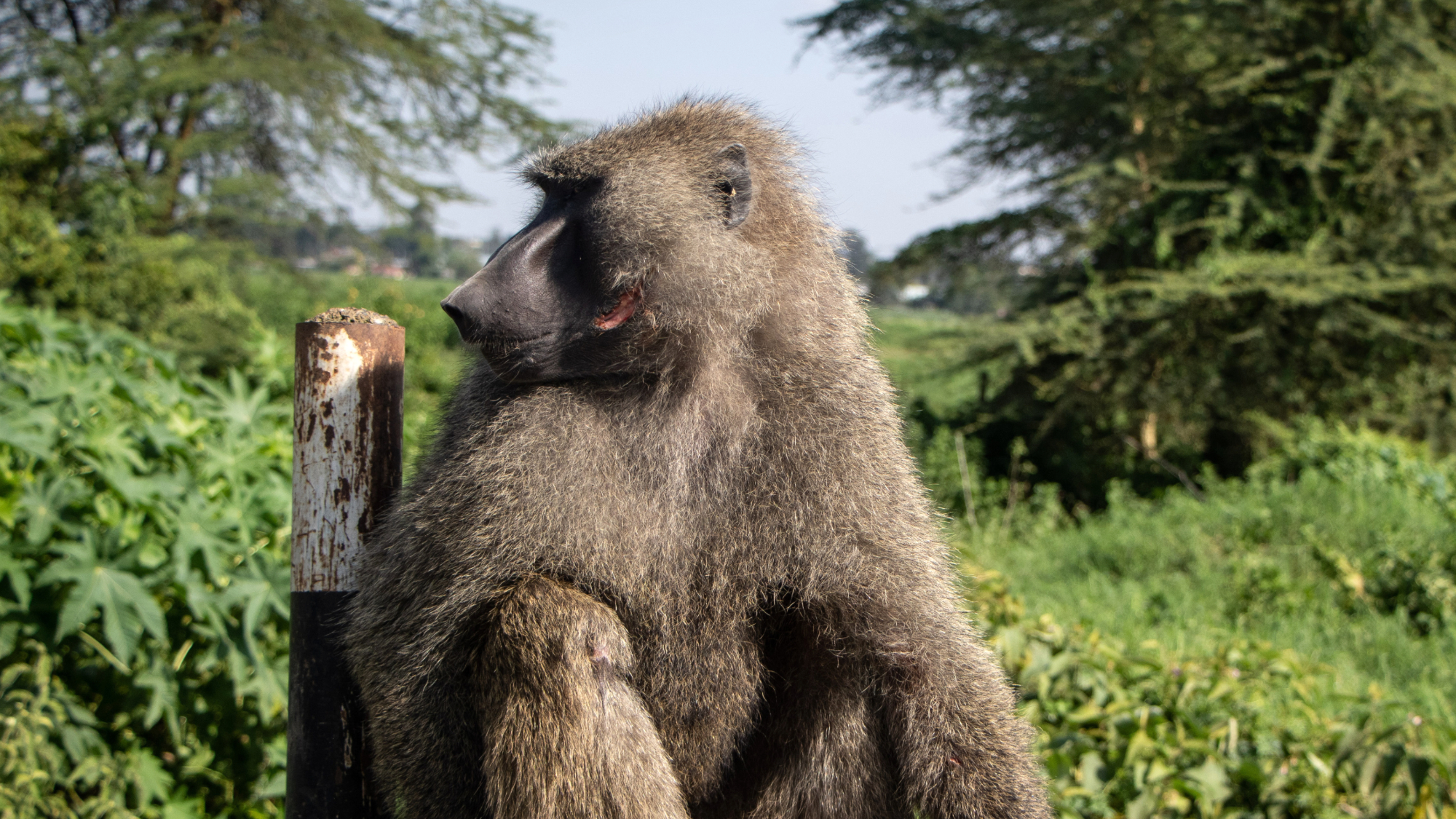Health & Science
The rise of deadly superbacteria; Controlling fracking’s leaks; Males need estrogen, too; A whale’s tale in earwax
The rise of deadly superbacteria
The overuse of antibiotics is causing an alarming increase in drug-resistant bacteria, which now infect more than 2 million Americans a year—and kill about 23,000 of them. A new report by the Centers for Disease Control and Prevention on the spread of such “superbugs” makes an urgent case for curbing the use of antibiotics, which create opportunities for resistant bacteria to flourish by killing off their more susceptible competitors. About half of antibiotic use by people in the U.S. is inappropriate, research shows. The widespread practice of giving antibiotics to livestock to prevent sickness and promote rapid growth also promotes resistant strains that harm humans. CDC officials have classified three germs as urgent threats. Clostridium difficile, which causes severe diarrhea and kills 14,000 people per year, typically strikes those taking antibiotics to treat other infections. A drug-resistant form of gonorrhea, while less deadly, infects some 820,000 people per year and can cause infertility. Perhaps most worrisome are CRE bacteria, which kill half the people they infect, mostly in hospital settings. “If we’re not careful, we’ll be in a post-antibiotic era,” CDC Director Thomas Frieden tells the Los Angeles Times. “For some patients and some microbes, we’re already there.”
Controlling fracking’s leaks
The Week
Escape your echo chamber. Get the facts behind the news, plus analysis from multiple perspectives.

Sign up for The Week's Free Newsletters
From our morning news briefing to a weekly Good News Newsletter, get the best of The Week delivered directly to your inbox.
From our morning news briefing to a weekly Good News Newsletter, get the best of The Week delivered directly to your inbox.
When done right, extracting natural gas through hydraulic fracturing, or fracking, leaks much less methane—a potent greenhouse gas—than previously thought. A new study sponsored by the Environmental Defense Fund and nine oil companies found that fracking wells with state-of-the-art equipment captured 99 percent of the potential methane emissions. That’s significantly better than the 92 to 97 percent previously estimated by the Environmental Protection Agency. The findings could bolster the argument that even when the release of methane is taken into account, shale gas produces less greenhouse gas than coal. But fracking detractors say the study is “fatally flawed” because only a select 190 fracking sites were studied and the companies operating them had advance knowledge they’d been selected. Another recent study that measured overall air quality in a Utah fracking basin found methane levels 10 to 20 times higher than the new study would predict. “I would view this as best-case scenario for what industry can do to reduce methane emissions when they want to,” Cornell University ecologist Bob Howarth tells NPR.org. “They do better when they know they are being carefully watched.” Shale-gas drilling is growing rapidly throughout the U.S., providing 30 percent of all U.S. natural gas.
Males need estrogen, too
Many symptoms of male aging—an expanding waistline, less muscle mass, and a diminished sex drive—are typically blamed on older men’s falling production of testosterone. That’s why American men spend an estimated $2 billion a year on testosterone supplements. But new research suggests that men’s fat accumulation and reduced libido may have more to do with low estrogen levels than with “low T.” Men and women alike convert testosterone to estrogen and have levels of both in their bodies. To distinguish their effects, Harvard Medical School researchers turned off natural production of both hormones in 400 male volunteers, gave them testosterone supplements, then blocked the conversion of that testosterone to estrogen in some of the subjects. The researchers found that those who weren’t producing estrogen packed on more fat, lost bone mass, and had decreased sexual desire and performance compared with the men with both hormones. No one is suggesting that men take estrogen, which in high doses promotes feminine features like breasts. But researchers are now focused on finding out what estrogen levels are optimal. “We had ignored this hormone in men,” University of Washington researcher Alvin M. Matsumoto tells The New York Times, “but we are studying it now.”
A whale’s tale in earwax
A free daily email with the biggest news stories of the day – and the best features from TheWeek.com
The story of a whale’s life is recorded in its earwax. Baylor University researchers came to this conclusion after extracting and analyzing a foot-long earwax deposit from a 12-year-old blue whale that washed ashore in California. The wax plug was composed of 24 layers, each of which represented six months of the whale’s life, so researchers could tell exactly when the animal had experienced hormonal changes or encountered contaminants—a detailed timeline that whale researchers have never had before. “It might be the only life history of any free-ranging animal,” study author Stephen Trumble tells NBCNews.com. The earwax revealed that the whale’s testosterone levels spiked around age 10, when it hit puberty, after which there was an increase in the stress hormone cortisol—likely a result, Trumble says, of “trying to mate” and “getting a rough time from the other males.” The wax plug also showed that the whale was exposed, especially when nursing during its first six months, to mercury and long-banned pollutants such as the pesticide DDT.
-
 The Salt Path Scandal: an ‘excellent’ documentary
The Salt Path Scandal: an ‘excellent’ documentaryThe Week Recommends Sky film dives back into the literary controversy and reveals a ‘wealth of new details’
-
 AI griefbots create a computerized afterlife
AI griefbots create a computerized afterlifeUnder the Radar Some say the machines help people mourn; others are skeptical
-
 Sudoku hard: December 17, 2025
Sudoku hard: December 17, 2025The daily hard sudoku puzzle from The Week
-
 5 recent breakthroughs in biology
5 recent breakthroughs in biologyIn depth From ancient bacteria, to modern cures, to future research
-
 Bacteria can turn plastic waste into a painkiller
Bacteria can turn plastic waste into a painkillerUnder the radar The process could be a solution to plastic pollution
-
 Scientists want to regrow human limbs. Salamanders could lead the way.
Scientists want to regrow human limbs. Salamanders could lead the way.Under the radar Humans may already have the genetic mechanism necessary
-
 Is the world losing scientific innovation?
Is the world losing scientific innovation?Today's big question New research seems to be less exciting
-
 Breakthrough gene-editing treatment saves baby
Breakthrough gene-editing treatment saves babyspeed read KJ Muldoon was healed from a rare genetic condition
-
 Humans heal much slower than other mammals
Humans heal much slower than other mammalsSpeed Read Slower healing may have been an evolutionary trade-off when we shed fur for sweat glands
-
 Scientists map miles of wiring in mouse brain
Scientists map miles of wiring in mouse brainSpeed Read Researchers have created the 'largest and most detailed wiring diagram of a mammalian brain to date,' said Nature
-
 Scientists genetically revive extinct 'dire wolves'
Scientists genetically revive extinct 'dire wolves'Speed Read A 'de-extinction' company has revived the species made popular by HBO's 'Game of Thrones'